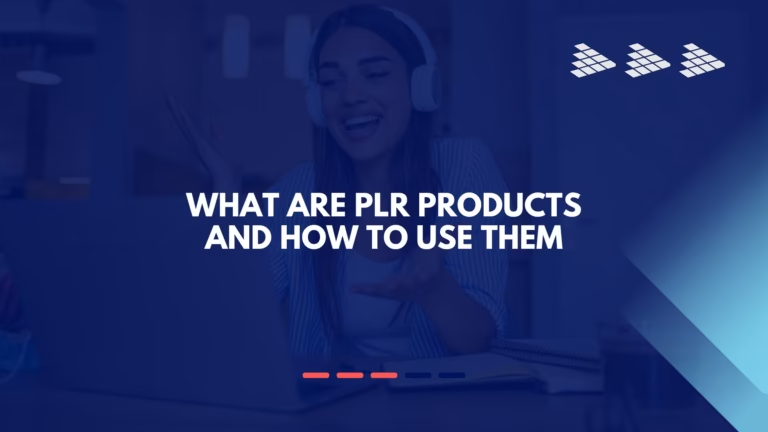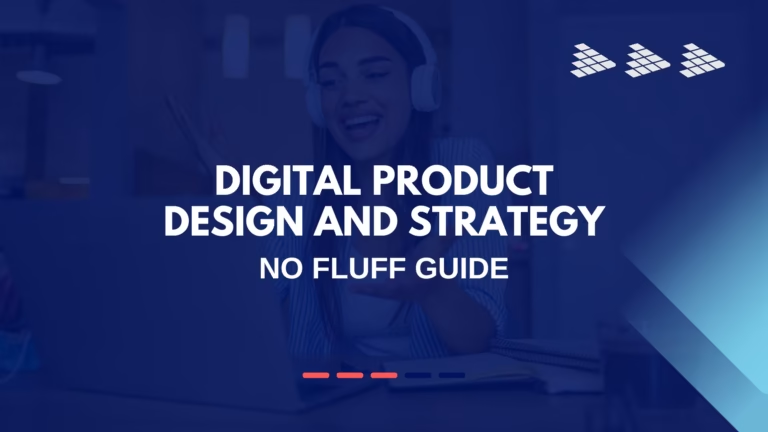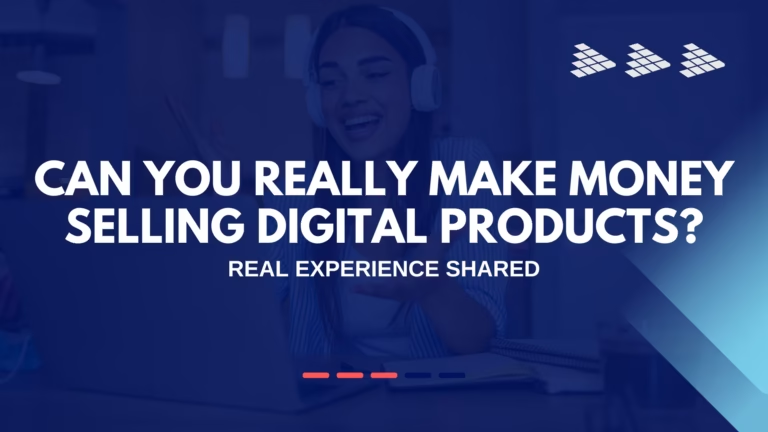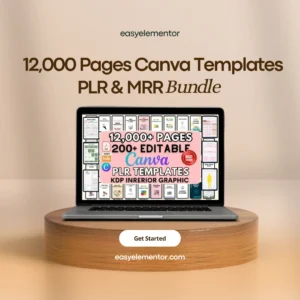My Introduction to MRR vs PLR Licensing
I still remember the dizzying feeling of scrolling through Instagram, watching someone flaunt their “$20K months” from selling digital products with MRR/PLR rights. My skepticism battled with curiosity—was this just another online scam or a legitimate business model? After taking the plunge and navigating both MRR and PLR for over a year, I discovered these models aren’t just legitimate; they’re powerful tools for building a sustainable digital business when understood and implemented correctly.
The truth I discovered is that Master Resale Rights (MRR) and Private Label Rights (PLR) represent two distinct approaches to digital entrepreneurship, each with unique advantages and ideal use cases. Understanding their differences isn’t just academic—it’s crucial for building a business that aligns with your skills, resources, and long-term vision. Through trial, error, and eventual success, I’ve come to appreciate how both models fit into a smart digital product strategy, and I’m excited to share these insights with you.
In this comprehensive guide, I’ll break down exactly how MRR and PLR work, when to use each approach, and how to avoid the common pitfalls that derail many beginners.
Cutting Through the Confusion: What Exactly Are MRR and PLR?
Before I invested my first dollar, I made sure to understand exactly what I was buying. The fundamental distinction between MRR and PLR comes down to control and customization—specifically, what you’re allowed to do with the digital product after purchase.
Learn more about MRR and PLR by watching this video:
Master Resale Rights (MRR): The Ready-to-Sell Model
Master Resale Rights allow you to resell a digital product exactly as you received it, and critically, you can also pass the resale rights along to your customers. This creates a potential chain of distribution where each buyer can become a seller.
When you purchase MRR products, you’re typically buying a complete package—the digital product (eBook, course, software, etc.) along with sales pages, graphics, and marketing materials. The key restriction: you cannot modify the content. The product remains exactly as the original creator designed it, with their branding intact.
Private Label Rights (PLR): The Customization Powerhouse
Private Label Rights sit at the opposite end of the flexibility spectrum. With PLR, you’re granted extensive rights to modify, edit, rebrand, and repurpose the content as if it were your own. You can put your name on it as the author, split it into multiple products, or combine it with other content.
The core distinction is that while PLR gives you extensive customization rights, you typically cannot transfer those PLR rights to your customers. They receive the product for their use but cannot resell it themselves.
Table: MRR vs PLR At-a-Glance Comparison
My Deep Dive into Master Resale Rights (MRR)
When I first started, MRR appealed to my desire for quick wins. The promise of being able to launch immediately without product creation was irresistible. Here’s what I learned about making MRR work effectively:
How MRR Works in Practice
The MRR model creates what I call a “distribution chain.” When you purchase an MRR product, you receive two valuable assets: the product itself and the license to resell it. Your customers, in turn, receive the same rights when they purchase from you. This means they can also resell the product, creating multiple layers of distribution.
I quickly discovered that successful MRR sellers focus on volume and velocity. Since you’re selling the same product as potentially hundreds of other resellers, your competitive advantage comes from your marketing effectiveness, not product uniqueness.
Real Business Applications of MRR
Through trial and error, I found several effective strategies for profiting with MRR products:
- Direct Sales: The most straightforward approach—simply sell the MRR products on your website or through digital marketplaces. I created a simple e-commerce store focused on a specific niche (digital marketing resources) and stocked it with relevant MRR products.
- Product Bundling: Combining several complementary MRR products into themed packages proved incredibly effective. For example, I bundled an MRR eBook on social media marketing with video tutorials and templates, creating perceived value that justified higher pricing.
- Upsells and Bonuses: I used lower-priced MRR products as bonuses for higher-ticket purchases or as upsells to increase average order value. This strategy helped me maximize the return from my advertising spend.
- Building a Reseller Network: By selling MRR products to other entrepreneurs, I inadvertently created a network of resellers who were also promoting the same products. This expanded the product’s reach without additional effort on my part.
The Unvarnished Truth About MRR Challenges
My MRR journey wasn’t without frustrations. The most significant challenges included:
- Market Saturation: Since anyone can resell the same product, markets quickly become crowded with identical offerings. I learned to identify saturation early by checking how many other sellers were offering the same product.
- Price Erosion: As competition increases, sellers often engage in price wars, steadily decreasing profit margins for everyone. I countered this by adding value through bonuses and better customer service.
- Branding Limitations: The inability to customize products meant I couldn’t build distinct brand recognition through the products themselves. My brand identity had to be built around the buying experience and supplemental content rather than the products.
Unlocking the Power of Private Label Rights (PLR)
While MRR gave me quick entry into the digital product space, PLR provided the foundation for building a distinctive brand and long-term asset. The transition to incorporating PLR into my business marked a significant turning point in my growth.
The Transformative Flexibility of PLR
With PLR, I was no longer just a reseller—I became a creator. The flexibility to modify content opened up countless possibilities:
- Content Repurposing: A single PLR eBook could be transformed into a series of blog posts, email newsletters, social media content, video scripts, or even a mini-course. This allowed me to create cohesive content ecosystems around single purchases.
- Brand Integration: I could seamlessly integrate PLR content into my existing brand voice, visual identity, and messaging. This consistency strengthened my brand recognition and customer loyalty.
- Niche Customization: By modifying PLR content to address specific sub-niches or unique customer pain points, I could create digital products that felt tailor-made for specific audiences. This targeting resulted in higher conversion rates and customer satisfaction.
My Most Effective PLR Strategies
Through experimentation, I discovered several high-impact approaches to leveraging PLR:
- Lead Magnet Creation: I used PLR content to create valuable free resources (eBooks, checklists, templates) that I offered in exchange for email subscriptions. This rapidly grew my mailing list with targeted leads.
- Product Funnels: I transformed comprehensive PLR courses into multi-tiered product funnels, offering introductory content for free, intermediate material at a low price point, and advanced implementation at a premium.
- Authority Building: By putting my name on well-researched PLR content and adding my unique insights and experiences, I could position myself as an expert in my niche. This authority positioning allowed me to command higher prices.
- Content Upcycling: Some of my most successful products came from combining elements from multiple PLR packages and adding original components to create entirely new offerings. This approach yielded unique products that stood out in the marketplace.
Navigating PLR Pitfalls
My PLR journey had its own learning curve. Key challenges included:
- Quality Variance: PLR content quality ranges from exceptional to unusable. I developed a rigorous evaluation process, including reviewing samples and checking creator reputations before purchasing.
- Content Overlap: Since PLR isn’t exclusive, other businesses might use the same base content. The solution was significant customization—I aimed to change at least 30-40% of any PLR content I used.
- Upfront Time Investment: Unlike MRR’s instant deployment, PLR requires substantial time for customization and rebranding. I learned to factor this development time into my product launch planning.
Choosing Your Path: How I Decide Between MRR and PLR
With experience, I developed a strategic framework for deciding when to use MRR versus PLR in my business. Rather than viewing them as competing options, I now see them as complementary tools serving different purposes.
When to Choose MRR: The Speed and Volume Play
I gravitate toward MRR when:
- Testing New Markets: When exploring a new niche or audience, MRR lets me quickly validate demand without significant time investment.
- Rapid Revenue Needs: When I need to generate cash flow quickly, MRR’s instant deployment capability is invaluable.
- Supplemental Offers: MRR products work exceptionally well as bonuses, bundle components, or entry-level offers that funnel customers toward higher-value products.
- Beginner-Friendly Starting Point: For entrepreneurs just starting, MRR offers the simplest entry into digital product sales without technical or creative barriers.
When PLR Becomes the Clear Choice
I opt for PLR when:
- Building Brand Authority: When establishing myself as an expert in a specific domain, the ability to put my name on customized content is essential.
- Long-Term Asset Creation: For products that will remain in my catalog for years, the uniqueness achieved through customization prevents the saturation issues that plague MRR.
- Content Marketing Needs: When I need a steady stream of content for my blog, email list, or social channels, PLR provides cost-effective raw material that I can reshape for multiple platforms.
- Niche-Specific Solutions: When serving audiences with particular needs that aren’t adequately addressed by generic solutions, PLR gives me the flexibility to create tailored offerings.
Table: Strategic Selection Guide Based on Business Goals
Beyond the Basics: My Success Principles for MRR and PLR
Regardless of which path you choose, certain principles dramatically increase your chances of success. These are the hard-won insights that transformed my results:
Quality Assessment Before Purchase
I learned to rigorously evaluate MRR and PLR products before buying:
- Review Samples Extensively: Never purchase without examining detailed samples of the actual content.
- Verify License Terms: Carefully read what’s allowed and restricted—assumptions can lead to legal issues.
- Research Creator Reputation: Seek out reviews and feedback from previous buyers to gauge quality and support.
- Check for Market Saturation: For MRR, I search product titles to see how many others are selling identical products.
The Customization Mindset for PLR
With PLR, your competitive advantage comes from how significantly you transform the content. My golden rules for PLR customization:
- Always Add Unique Value: Incorporate your experiences, examples, and insights that aren’t available elsewhere.
- Update and Modernize: Refresh statistics, examples, and references to ensure content feels current and relevant.
- Align With Your Voice: Rewrite content in your distinctive style and tone to create consistency across all your materials.
- Combine Multiple Sources: Merge content from various PLR sources with your original ideas to create truly unique offerings.
Strategic Marketing and Positioning
Simply having products doesn’t guarantee sales—effective marketing is essential:
- Solve Specific Problems: Position your products as solutions to particular customer pain points rather than generic information products.
- Leverage Multiple Channels: I use combinations of content marketing, social media, email sequences, and strategic partnerships to reach audiences.
- Develop Unique Angles: Even with MRR products that can’t be changed, I create unique marketing angles and customer success stories that differentiate my offering.
- Focus on Customer Outcomes: In all messaging, I emphasize the transformation customers will experience rather than just listing product features.
Building My Balanced Approach
Today, I maintain a balanced product portfolio that includes both MRR and PLR offerings. MRR products serve as entry points, lead magnets, and bundle components that drive traffic and initial sales. My PLR products form the foundation of my brand identity and comprise my premium offerings.
This hybrid approach allows me to enjoy the benefits of both models while mitigating their individual limitations. I get the rapid deployment and revenue generation of MRR alongside the brand-building and long-term asset creation of PLR.
The Journey Forward
My exploration of MRR and PLR has transformed from skeptical curiosity to a core pillar of my business strategy. These models have allowed me to build a sustainable digital business that provides value to my customers while giving me the flexibility and freedom I sought when starting.
The path hasn’t always been smooth, but the learning process has been incredibly rewarding. By understanding the distinct strengths of both MRR and PLR, and applying them strategically to different aspects of my business, I’ve created a diversified operation that’s resilient to market changes.
Whether you’re just beginning your digital entrepreneurship journey or looking to expand your existing business, I encourage you to view MRR and PLR not as get-rich-quick schemes, but as legitimate tools in your business toolkit. When applied with strategy, integrity, and a commitment to providing real value, they can create remarkable opportunities for growth and impact.
Have questions about my experiences with MRR or PLR? Feel free to share them in the comments below—I’m happy to help fellow entrepreneurs navigate this fascinating landscape!





